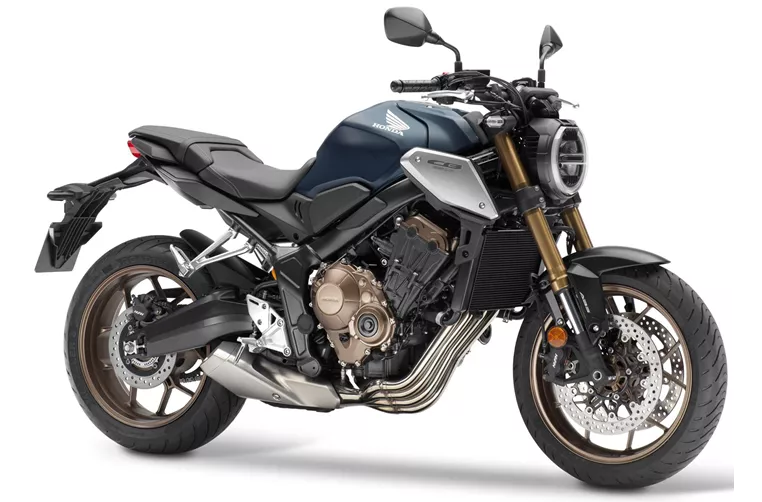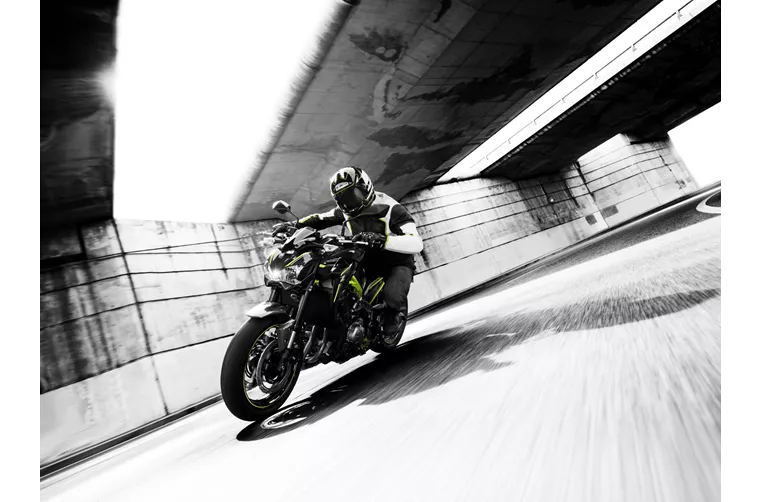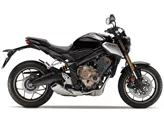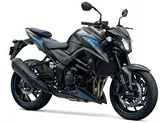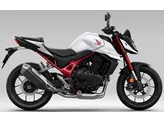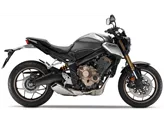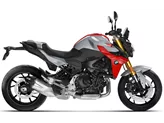Honda CB650R 2019 vs. Kawasaki Z900 2018
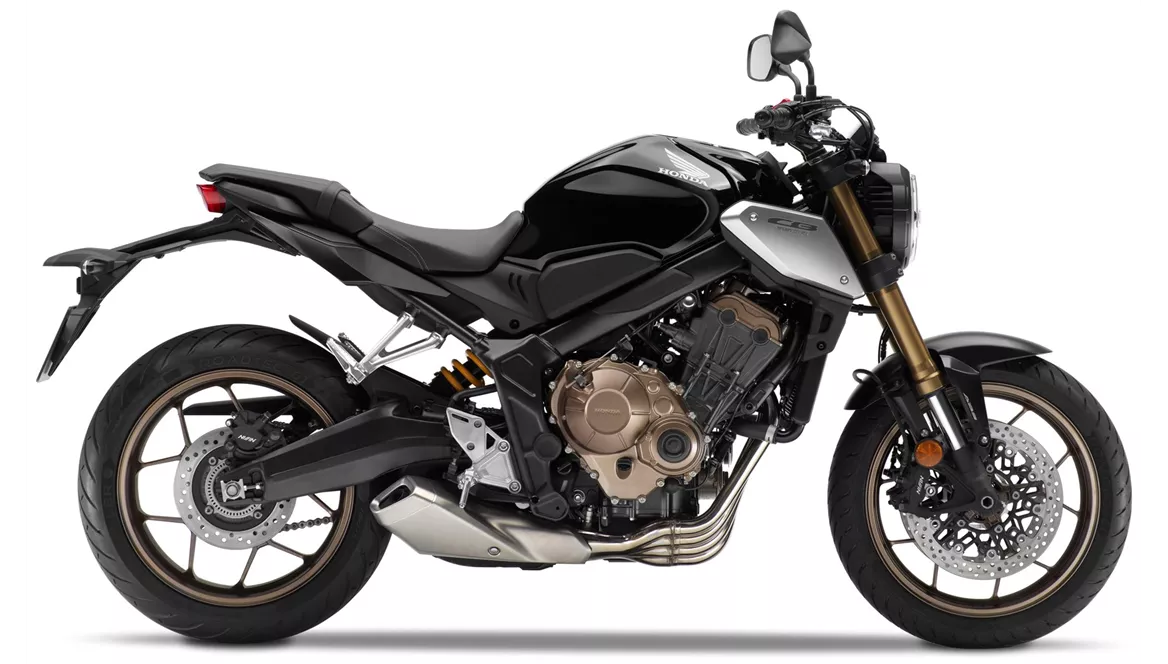
Honda CB650R 2019

Kawasaki Z900 2018
Overview - Honda CB650R 2019 vs Kawasaki Z900 2018
The Honda CB650R 2019 and the Kawasaki Z900 2018 are both naked bikes with similar engine types, fuel systems, and cooling systems. However, there are some notable differences between the two models.
In terms of engine power, the Kawasaki Z900 2018 has a clear advantage with 125.4 HP compared to the Honda CB650R 2019's 95 HP. The Kawasaki also has a higher torque of 98.6 Nm compared to the Honda's 64 Nm. This means that the Kawasaki offers more power and acceleration, making it a more exhilarating ride.
Both bikes have four cylinders and a liquid cooling system, ensuring optimal engine performance and temperature regulation. They also have the same displacement of 649ccm for the Honda and 948ccm for the Kawasaki.
When it comes to suspension, both bikes feature upside-down telescopic forks in the front and swing arms in the rear. The rear shock absorbers on both models are monoshocks, providing a smooth and comfortable ride. However, the Kawasaki Z900 2018 offers additional adjustment options for the rear suspension, including preload and rebound adjustments, allowing riders to fine-tune their suspension settings for a personalized riding experience.
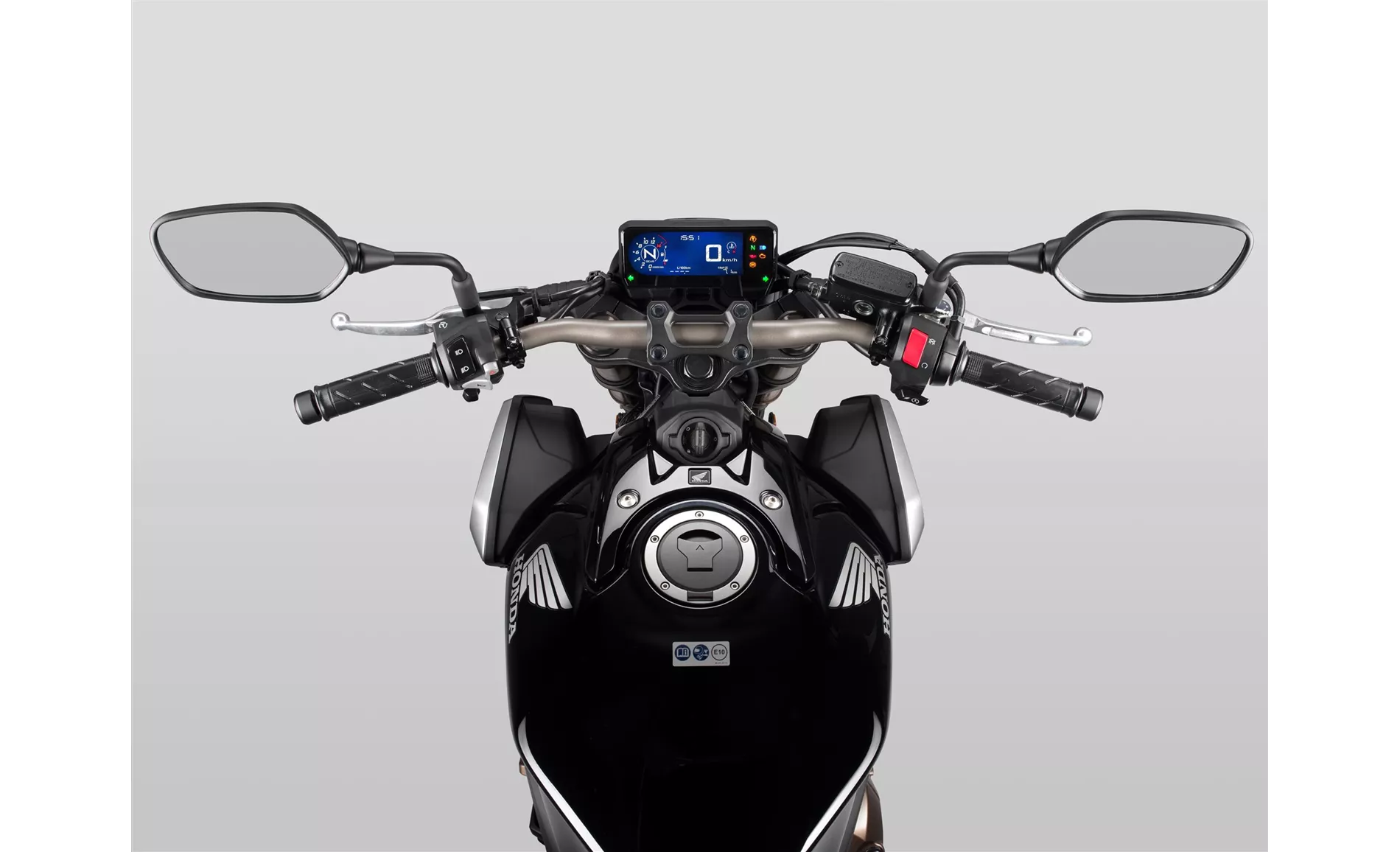
Honda CB650R 2019
In terms of braking, both bikes have double disk brakes in the front. However, the Honda CB650R 2019 has larger front brake disks with a diameter of 320 mm compared to the Kawasaki Z900 2018's 300 mm disks. The Honda also has double piston calipers, while the Kawasaki has four piston calipers. The Kawasaki Z900 2018 also features petal technology for its front brakes, which enhances cooling and improves braking performance.
Both bikes come equipped with ABS as part of their advanced rider assistance systems, ensuring safe and controlled braking in various road conditions.
In terms of dimensions and weights, both bikes have the same front and rear tire widths and diameters. They also share the same wheelbase of 1450 mm. However, there are slight differences in seat height and kerb weight. The Honda CB650R 2019 has a seat height of 810 mm and a kerb weight of 208 kg with ABS, while the Kawasaki Z900 2018 has a slightly lower seat height of 795 mm and a kerb weight of 210 kg with ABS.
In terms of strengths, the Honda CB650R 2019 is praised for its rev-happy engine, reasonable power, sporty seating position, wide handlebars, and overall rideability. It is also considered comfortable for everyday use and features a visually appealing display.
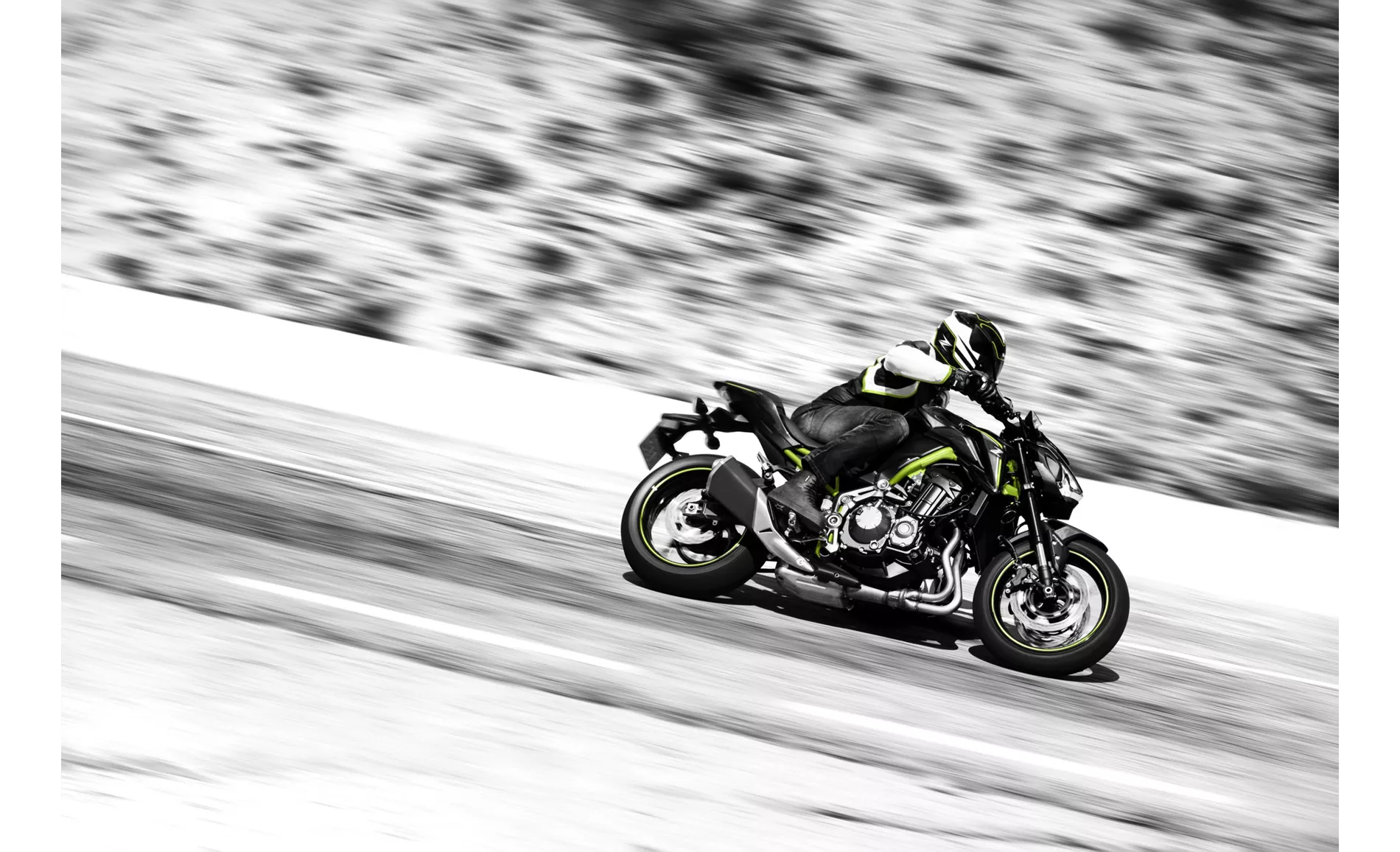
Kawasaki Z900 2018
On the other hand, the Kawasaki Z900 2018 is commended for its powerful and silky engine, great sound, sharp and sporty look, low seating position, and easy handling and maneuverability.
However, the Honda CB650R 2019 does have a weakness in its chassis, which can be seen as a disadvantage for riders looking for a more stable and sturdy ride. Additionally, it may not offer as much power from the hairpin as its two-cylinder competition.
The Kawasaki Z900 2018, on the other hand, lacks traction control, which can be a drawback for riders looking for additional safety features. Tall riders may also find the knee angle strenuous in the long run.
In conclusion, both the Honda CB650R 2019 and the Kawasaki Z900 2018 have their own strengths and weaknesses. The Honda offers a more comfortable and versatile ride, while the Kawasaki provides a more powerful and exhilarating experience. Ultimately, the choice between the two will depend on the rider's preferences and priorities.
Technical Specifications Honda CB650R 2019 compared to Kawasaki Z900 2018
Pros and Cons in comparison
Pros and Cons in comparison
Honda CB650R 2019
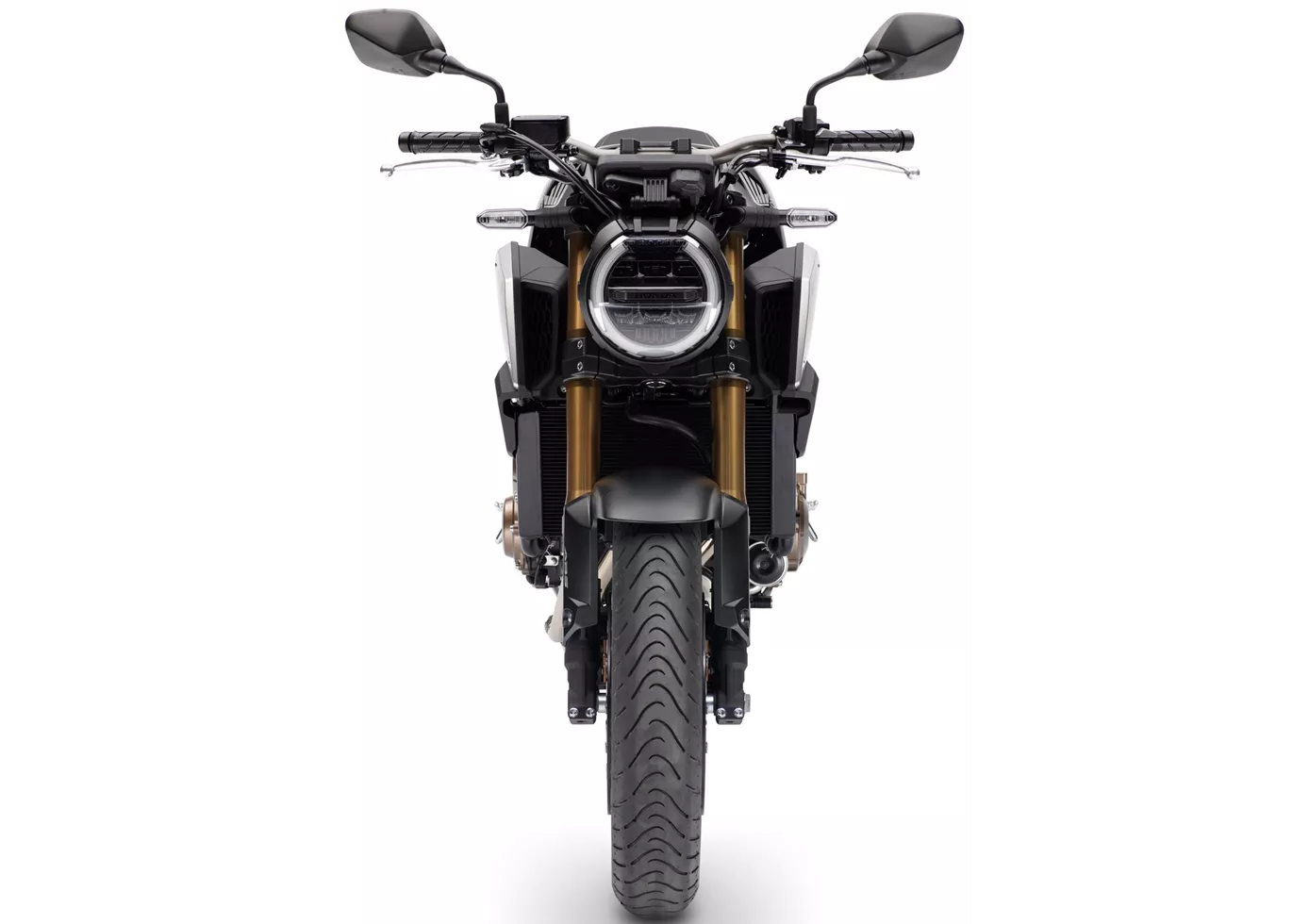
Honda's CB650R proves brilliantly that four-cylinder naked bikes with little displacement are also a real source of joy on the country road. The engine tuning gives enough pressure from the hairpin bend and rewards with a wonderful four-cylinder shriek after a short wait. The suspension components clearly attempt a balancing act between everyday life and sportiness, which is why unrest can quickly be found in the vehicle when approaching the cornering at a brisk pace. Somehow, however, this imperfection gives the Honda a lot of character and gives the rider the feeling of having to actively integrate himself into the action. For country road racers with a daily commute, a real recommendation!
Kawasaki Z900 2018
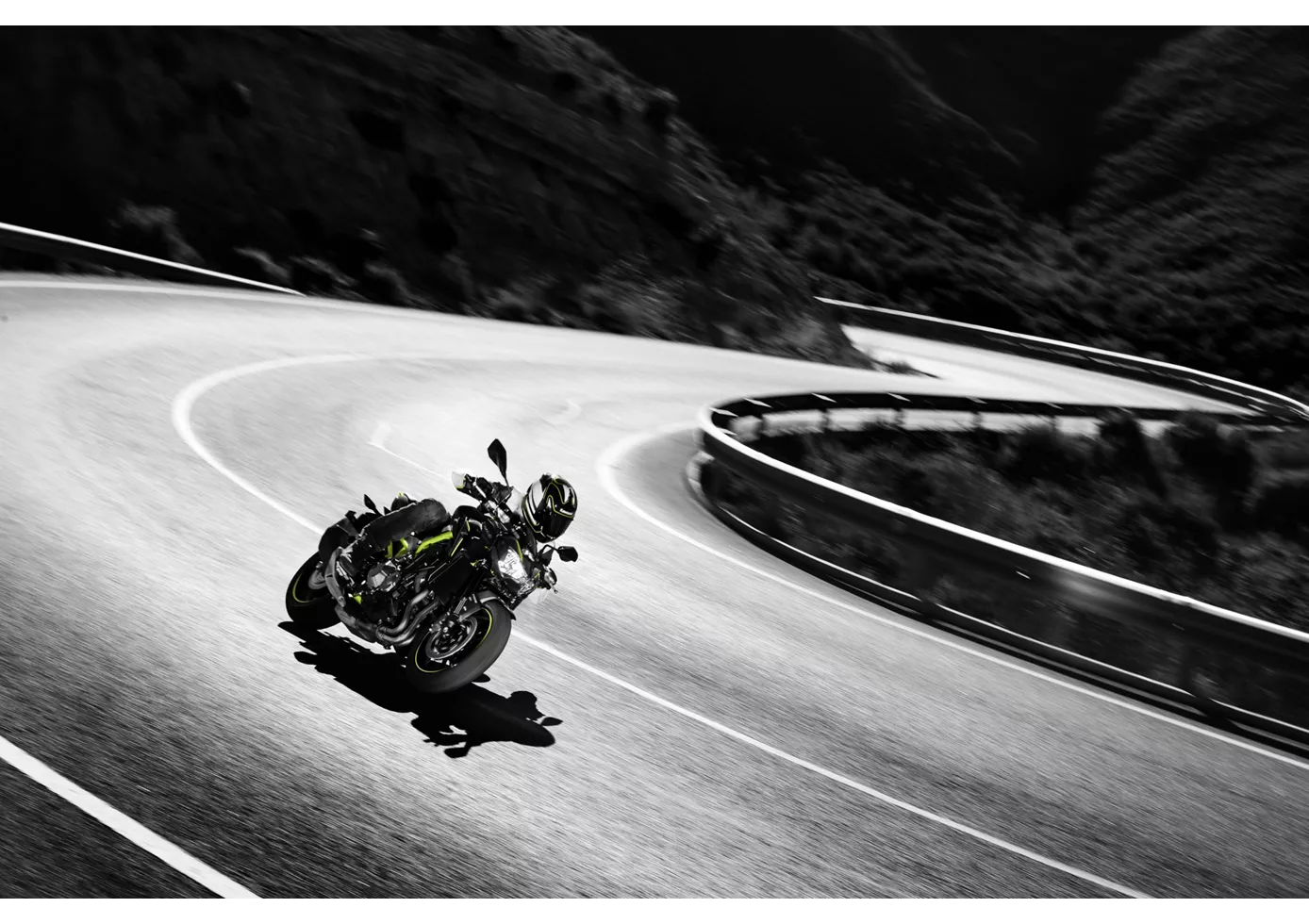
In the hotly contested naked bike segment, the Z900 plays right at the front. Above all, its engine is absolutely terrific, runs incredibly silky and offers rich power in all rev regions - as befits a Japanese four-cylinder. Its sporty, aggressive appearance matches this. It does without electronic bells and whistles, but still conveys a lot of confidence when chasing corners, braking and accelerating out of them. The low seat is especially beneficial for smaller riders, but taller riders might miss a flatter knee angle on long distances. The low weight and compactness make the Z900 particularly agile and easy to handle. A sporting cannon that is also extremely appealing in terms of price
Price Comparison Avarage Market Price Honda CB650R vs Kawasaki Z900
There are a few key differences between a Honda CB650R 2019 and a Kawasaki Z900 2018. In terms of price, the actual average price of a Kawasaki Z900 2018 is about 34% higher. A Honda CB650R 2019 experiences a loss of 420 GBP in one year of ownership. This is offset by a loss of 650 GBP for a Kawasaki Z900 2018. Compared to Kawasaki Z900 2018 there are less Honda CB650R 2019 bikes available on the 1000PS.de Marketplace, specifically 7 compared to 55. It takes less time to sell a Honda CB650R with 61 days compared to 112 days for a Kawasaki Z900. Since model year 2019 1000PS.de editors have written 23 reviews for the Honda CB650R and 46 reviews for the Kawasaki Z900 since model year 2017. The first review for the Honda CB650R was published on 08/10/2018 and now has more than 53,700 views. This compares to more than 93,200 views for the first review on Kawasaki Z900 published on 11/11/2016.
